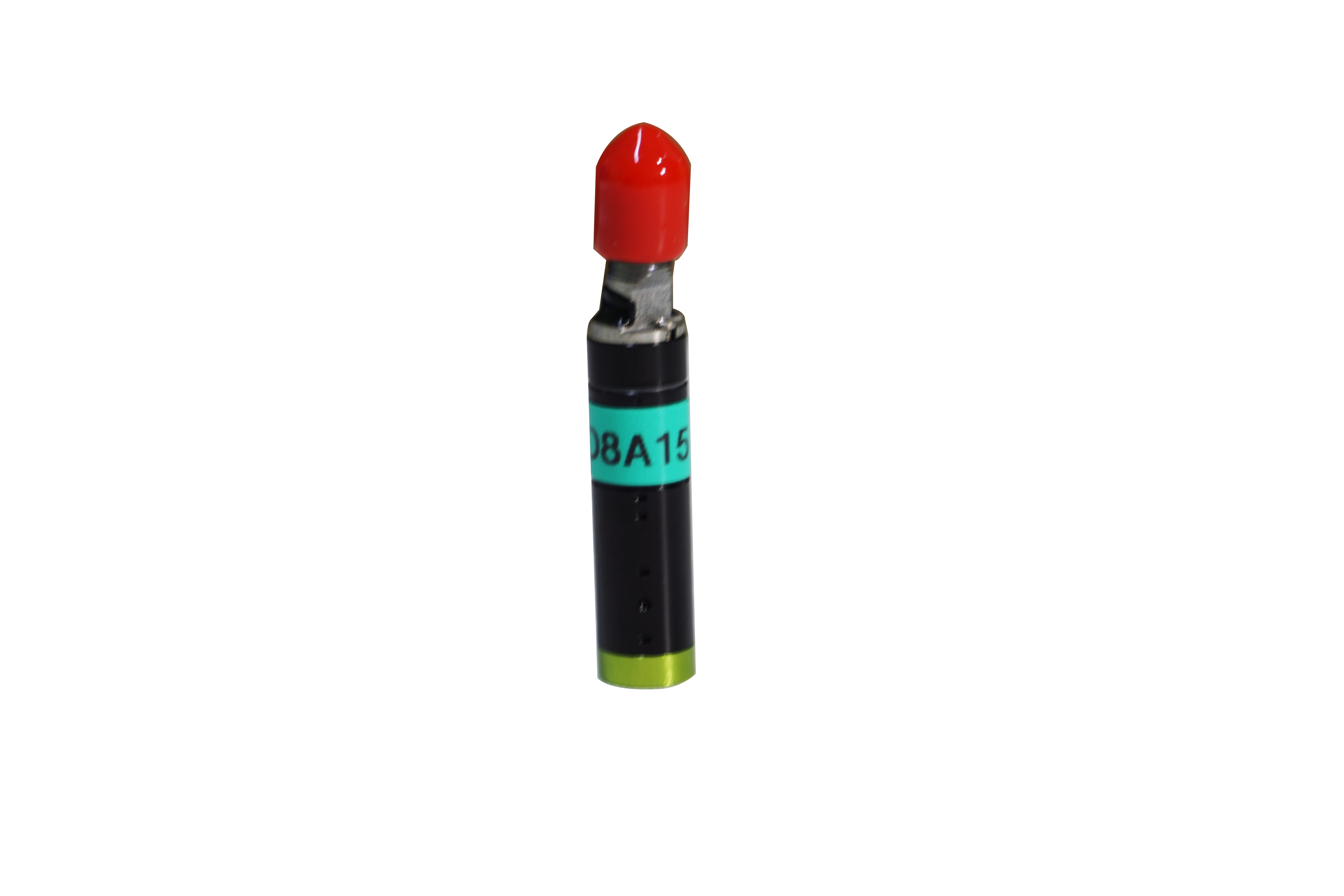2021-04-14
Debugging method of laser displacement sensor
Laser displacement sensors can measure precision geometric measurements such as displacement, thickness, vibration, distance, and diameter. The laser displacement sensor has good straightness, and the accuracy of the laser displacement sensor is higher than that of the ultrasonic sensor we know. However, the laser generator is relatively complex and large, so higher requirements are put forward for the application range of laser displacement sensors.

Principle of laser displacement sensor
The basic principle of the general laser displacement sensor is optical triangulation.
According to the measurement principle, the laser displacement sensor is divided into laser triangulation method and laser echo analysis method. Laser triangulation is generally suitable for high precision and short distance measurement, while laser echo analysis is used for long distance measurement. The principle of laser triangulation and laser echo analysis are introduced respectively.
1, laser displacement sensor principle of laser triangulation method.
The laser emitter emits the visible red laser light through the lens to the surface of the object under test, and the laser light reflected by the object is received by the receiving lens to the internal CCD line camera. Depending on the distance, the CCD linear camera can "see" different angles of light spots. Based on this Angle and the known distance between the laser and the camera, the digital signal processor can calculate the distance between the sensor and the object being measured.
At the same time, the position of the beam in the receiving element is processed by the analog circuit and the digital circuit, and the corresponding output value is calculated by the microprocessor analysis, and the standard data signal is output in proportion in the analog window set by the user. If you use a switch output, it opens inside the setting window and ends outside the window. In addition, the analog output and the switch output can be independently set to the detection window.
The maximum linearity of the laser displacement sensor measured by the triangular method can reach 1μm, and the resolution can reach 0.1um, such as the ZLDS 100 sensor, which can obtain a high resolution of 0.01%, a high linearity of 0.1%, a high response of 9.4KHz, and adapt to the harsh environment.
2. Laser echo analysis principle based on the principle of laser displacement sensor.
The laser displacement sensor uses the principle of echo analysis to measure the distance to achieve a certain precision. The sensor is composed of processor unit, echo processing unit, laser transmitter, laser receiver, etc. The laser displacement sensor fires a million laser pulses per second at the detector and back to the receiver. The processor calculates the time it takes for the laser pulse to hit the detector and return to the receiver to calculate the distance value, which is the average output of thousands of measurements. This is known as the pulse time method. Laser echo analysis is suitable for long distance detection, but the measurement accuracy is lower than that of laser triangulation, and the maximum detection distance can reach 250m.



